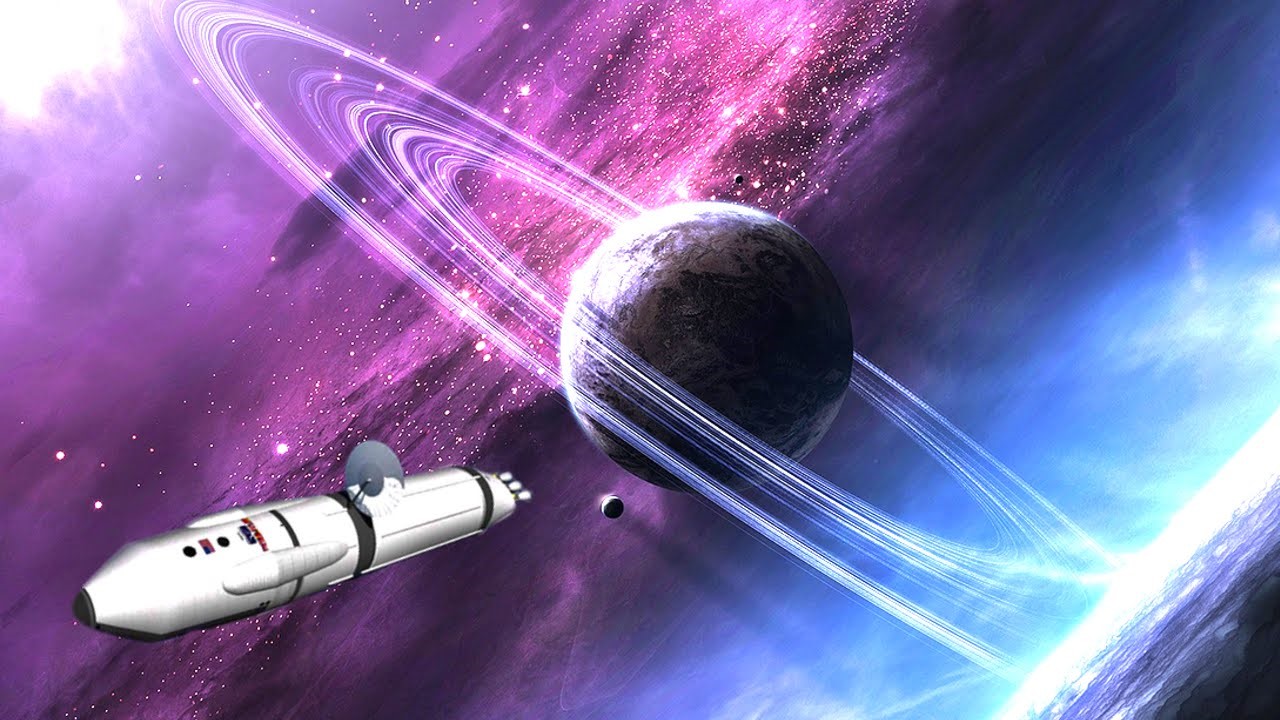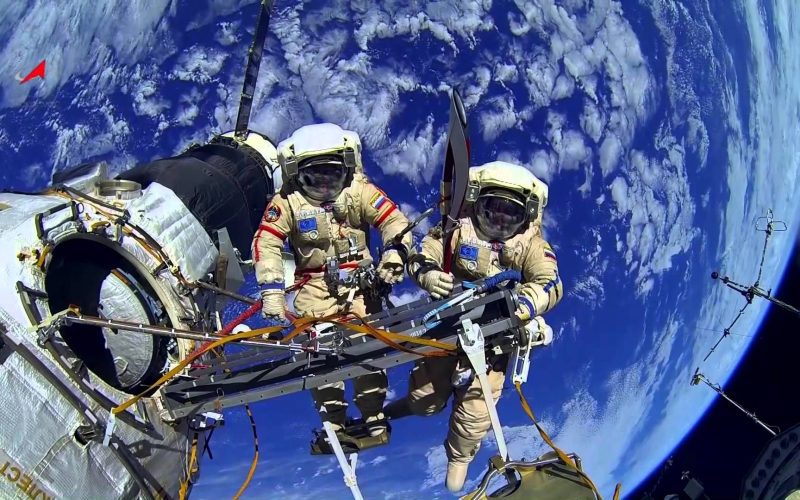Space exploration has always captivated human imagination, pushing the boundaries of what we know and understand about the universe. In recent years, significant milestones have been achieved, and ambitious plans for future missions are set to redefine our place in the cosmos. This article delves into the recent achievements and upcoming missions in space exploration, highlighting the remarkable progress made by space agencies and private companies alike.
Recent Achievements
1. Mars Perseverance Rover Mission
One of the most notable recent achievements in space exploration is NASA’s Mars 2020 Perseverance rover mission. Launched on July 30, 2020, and landing on February 18, 2021, Perseverance is tasked with searching for signs of ancient microbial life on Mars. It is equipped with advanced scientific instruments to analyze the planet’s geology and climate, and it is the first rover to collect and store Martian rock and soil samples for potential return to Earth. The mission also includes the Ingenuity helicopter, which has successfully conducted the first powered, controlled flights on another planet, demonstrating the potential for aerial exploration of Mars.
2. Artemis Program
NASA’s Artemis program aims to return humans to the Moon by 2024, with the ultimate goal of establishing a sustainable human presence on the lunar surface by the end of the decade. The Artemis I mission, an uncrewed test flight of the Space Launch System (SLS) and the Orion spacecraft, is slated for late 2021. This mission will pave the way for Artemis II, a crewed lunar flyby, and Artemis III, which will land astronauts on the Moon. The program also includes the development of the Lunar Gateway, a space station that will orbit the Moon and serve as a staging point for missions to the lunar surface and beyond.
3. China’s Tianwen-1 Mission
China has made significant strides in space exploration with its Tianwen-1 mission, which successfully entered Mars orbit on February 10, 2021. The mission includes an orbiter, a lander, and the Zhurong rover, which landed on the Martian surface on May 14, 2021. Zhurong is exploring the Utopia Planitia region, conducting scientific investigations to study the planet’s surface composition, geological structure, and climate. This mission marks China’s first successful interplanetary mission and demonstrates its growing capabilities in space exploration.
4. James Webb Space Telescope
Set to launch on December 18, 2021, the James Webb Space Telescope (JWST) is a highly anticipated achievement in space exploration. As the successor to the Hubble Space Telescope, JWST will observe the universe in infrared wavelengths, allowing it to peer through cosmic dust and study the formation of stars, galaxies, and planetary systems. It will also investigate the atmospheres of exoplanets, searching for signs of habitability and potential biosignatures. JWST’s advanced capabilities promise to revolutionize our understanding of the universe and answer fundamental questions about its origins and evolution.

Future Missions
1. Mars Sample Return Mission
One of the most ambitious future missions is the Mars Sample Return (MSR) mission, a collaboration between NASA and the European Space Agency (ESA). Scheduled for the late 2020s, the mission aims to retrieve the samples collected by the Perseverance rover and return them to Earth for detailed analysis. The MSR mission will involve multiple spacecraft, including a lander, a fetch rover, an ascent vehicle, and an Earth return orbiter. This mission will provide unprecedented insights into Mars’ geology, climate history, and potential for past life, significantly advancing our understanding of the Red Planet.
2. Europa Clipper
NASA’s Europa Clipper mission, set for launch in the mid-2020s, will explore Jupiter’s moon Europa, which is believed to harbor a subsurface ocean beneath its icy crust. The mission aims to investigate Europa’s habitability by studying its ice shell, subsurface ocean, and geology. Europa Clipper will carry a suite of scientific instruments to conduct detailed reconnaissance, including ice-penetrating radar, spectrometers, and cameras. The mission’s findings could provide crucial information about the potential for life beyond Earth and guide future missions to explore Europa’s ocean.
3. Lunar Gateway
The Lunar Gateway, a key component of NASA’s Artemis program, is an international collaboration to build a space station in lunar orbit. The Gateway will serve as a staging point for crewed missions to the Moon and potentially Mars. It will provide a platform for scientific research, technology development, and international cooperation. The first elements of the Gateway, including the Power and Propulsion Element (PPE) and the Habitation and Logistics Outpost (HALO), are scheduled for launch in the early 2020s. The Gateway will play a crucial role in enabling sustainable lunar exploration and preparing for future deep space missions.
4. SpaceX Starship
SpaceX’s Starship, a fully reusable spacecraft designed for deep space missions, has the potential to revolutionize space exploration. The Starship system consists of two stages: the Super Heavy booster and the Starship spacecraft. With its massive payload capacity and ability to carry up to 100 passengers, Starship aims to make space travel more accessible and cost-effective. SpaceX plans to use Starship for a variety of missions, including crewed flights to the Moon, Mars, and beyond. The first orbital test flight of Starship is expected in the near future, marking a significant step toward achieving SpaceX’s vision of making humanity a multiplanetary species.
5. DART Mission
NASA’s Double Asteroid Redirection Test (DART) mission, scheduled for launch in November 2021, aims to test a planetary defense technique by altering the trajectory of an asteroid. DART will target the binary asteroid system Didymos, specifically its smaller moonlet, Didymoon. The spacecraft will collide with Didymoon at high speed, and the impact’s effect on the moonlet’s orbit will be measured. This mission will demonstrate the feasibility of using kinetic impactor technology to deflect potentially hazardous asteroids, contributing to planetary defense strategies.
Conclusion
The recent achievements and future missions in space exploration underscore humanity’s relentless pursuit of knowledge and discovery. From Mars rovers and lunar missions to advanced telescopes and planetary defense tests, these endeavors are expanding our understanding of the universe and paving the way for future exploration. As space agencies and private companies continue to push the boundaries of what is possible, the coming years promise to be an exciting era of space exploration, filled with groundbreaking discoveries and new frontiers to explore.











